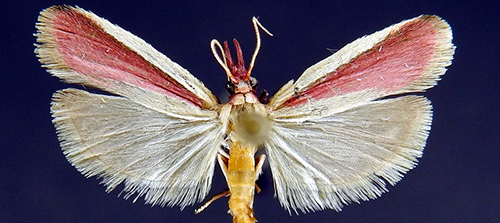We plan to spotlight an insect every week to bring better attention to the diversity of insects in central Illinois. We hope you enjoy. We will also be publishing these on our Facebook page. Note – if you try to view an insect of the week before the scheduled display date listed below, you will receive a 404 file not found message. Please be patient as we unveil these species to correspond with our posts on Facebook..
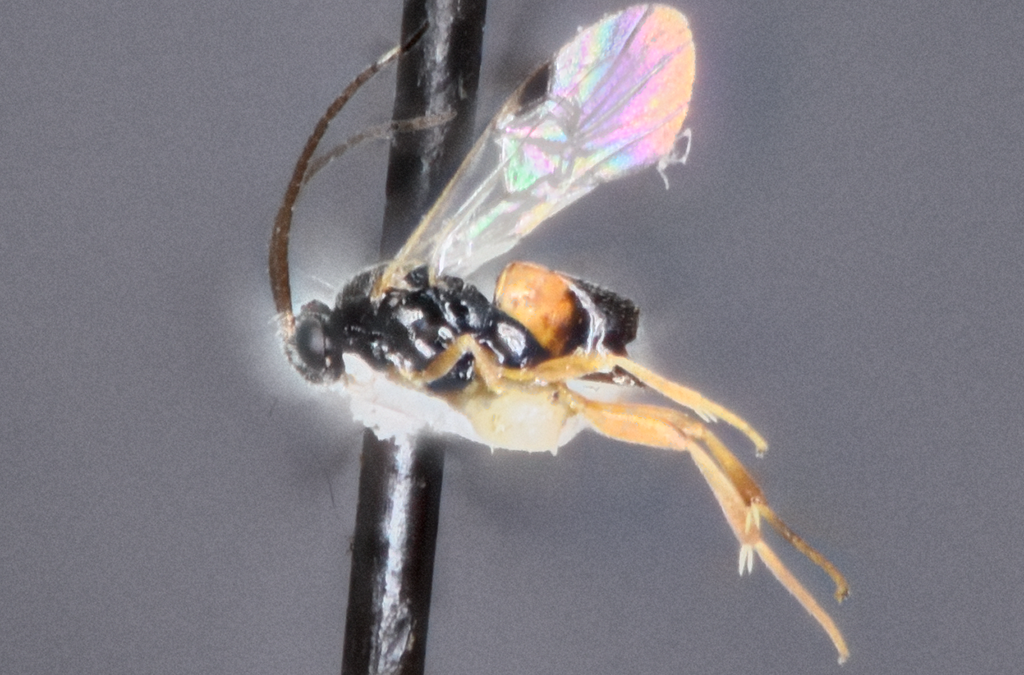
Insect of the week (October 7, 2024)
Insect of the week (October 7, 2024) is Cotesia congregata. These are the wasp parasites that Na'im brought along with the caterpillar to our entomology pot luck on September 28. This wasp species is a member of the Hymenopteran family Bracondiae. It was originally described by Thomas Say in 1836. I created this photo from a series of 118...
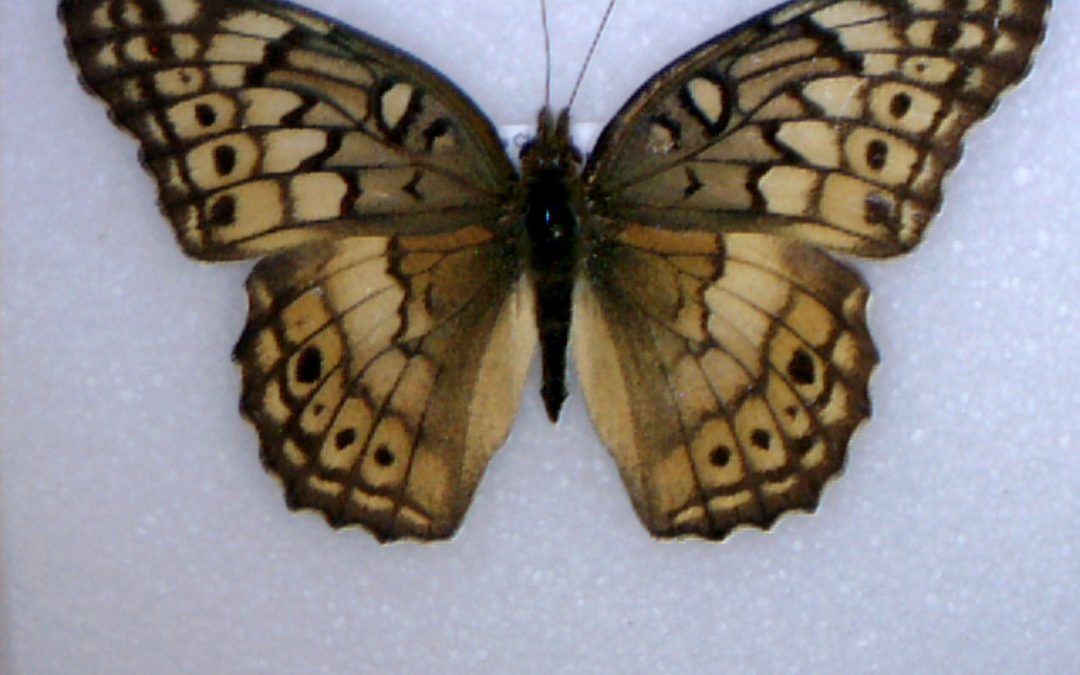
Insect of the week (September 30, 2024)
As summer draws to a close (the vernal equinox wasn't that long ago, was it), I thought it appropriate to focus on another butterfly. This time, Euptoieta claudia, the variegated fritillary. This species was described by Cramer in 1775. It is known from both North and South America. Adults are fast fliers and difficult to approach. In fact,...
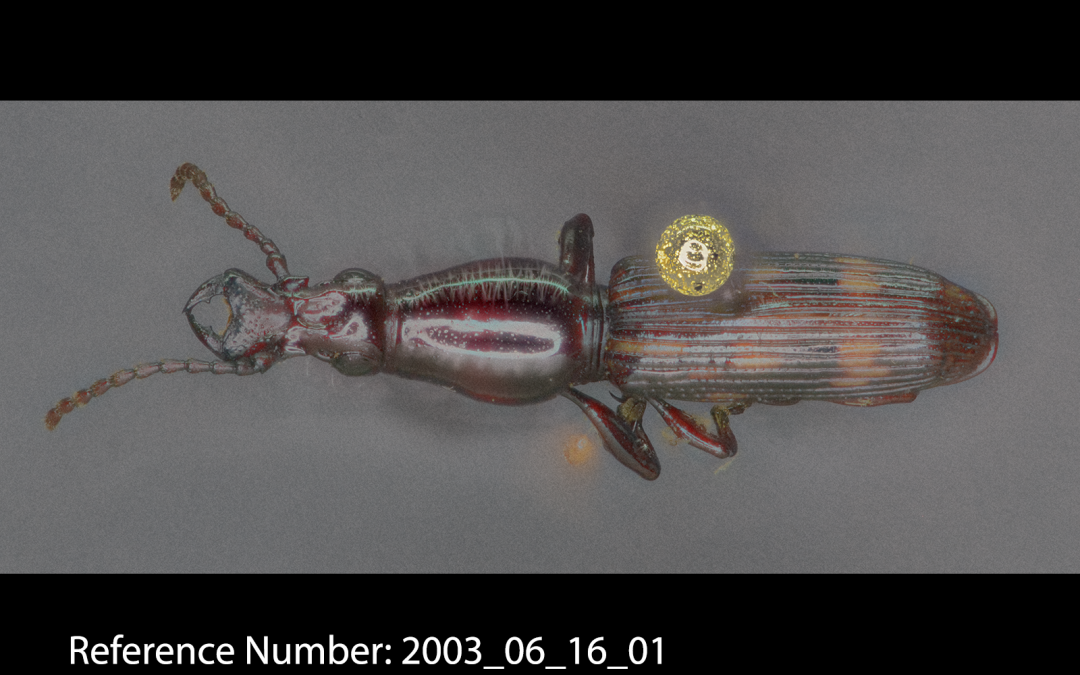
Insect of the week (September 23, 2024)
We return to the beetles again this week and focus on the family Brentidae. Specifically, the beetle Arrhenodes minutus. Common name is oak timberworm. Larvae often tunnel in oak and elm trees and this species can be a pest. This insect is a known vector of the fungus which causes oak wilt. This species ranges throughout the eastern United...
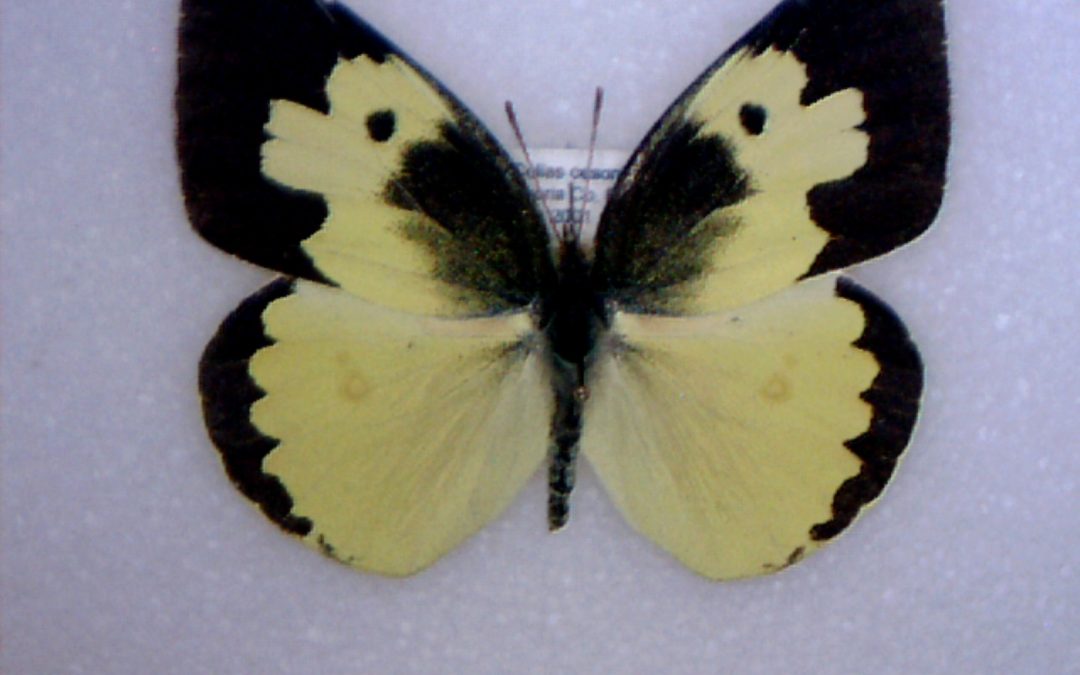
Insect of the week (September 16, 2024)
This week, we turn our attention to the insect order Lepidoptera (butterflies and moths). Our featured insect is Zerene cesonia, the dogface sulphur butterfly. It is classified in the family Pieridae. This butterfly is often found along roadsides. Adults drink nectar from plants such as alfalfa. Caterpillars on leadplant, alfalfa,...
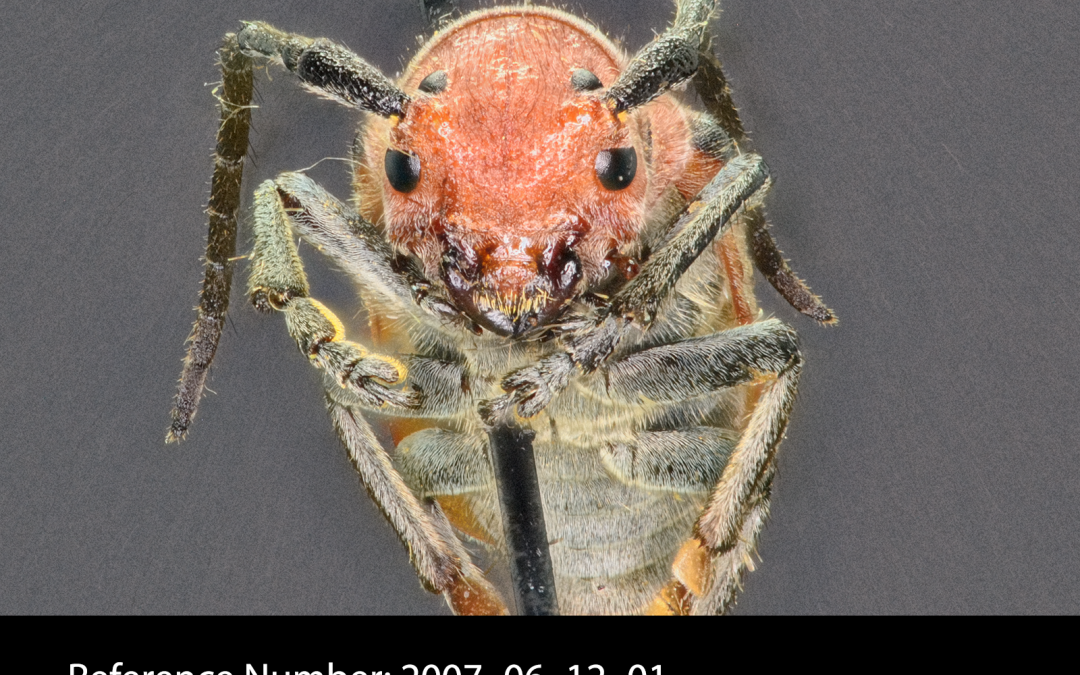
Insect of the week (September 9, 2024)
Yet another beetle this week. We now examine the family Cerambycidae. Tetraopes tetrophthalmus is our featured insect. It is commonly called the red milkweed beetle and is often found on milkweed plants. If you know a smattering of Greek, you know both the genus and species name mean it has 4 eyes. Many longhorn beetles (family...
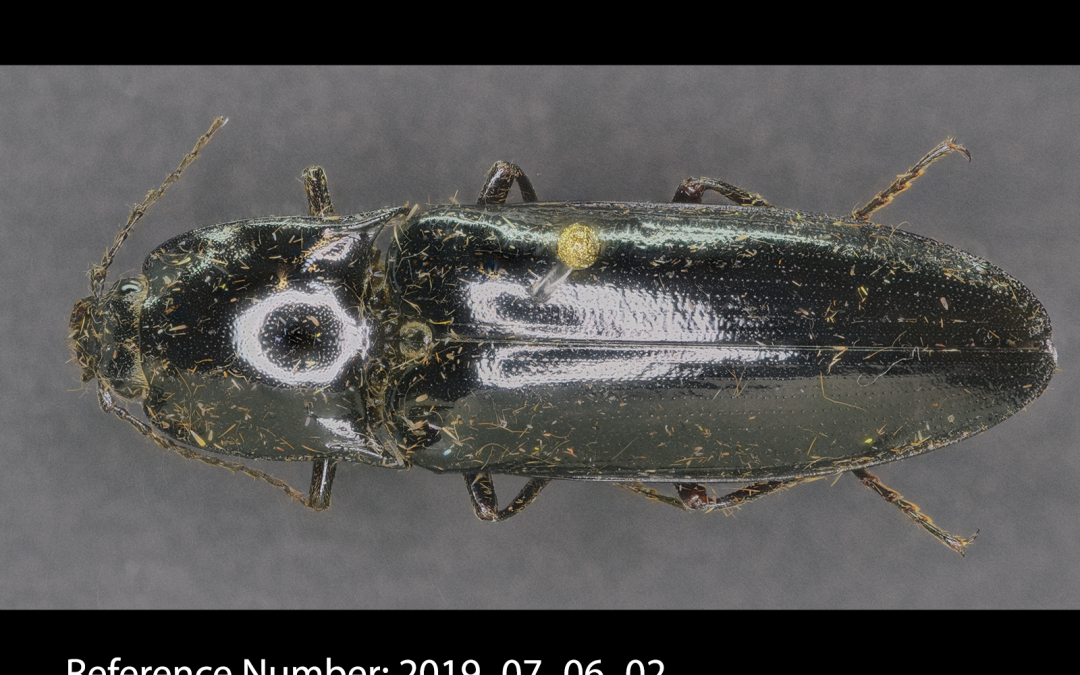
Insect of the week (September 2, 2024)
Continuing with our beetle theme (they are exceedingly diverse with nearly 400,000 described species), we focus on Melanactes piceus. This species was described by de Geer in 1774. That is the same year he described our previous insect of the week (yes, same publication as well). Look closely at the specimen and it looks like I coated it...
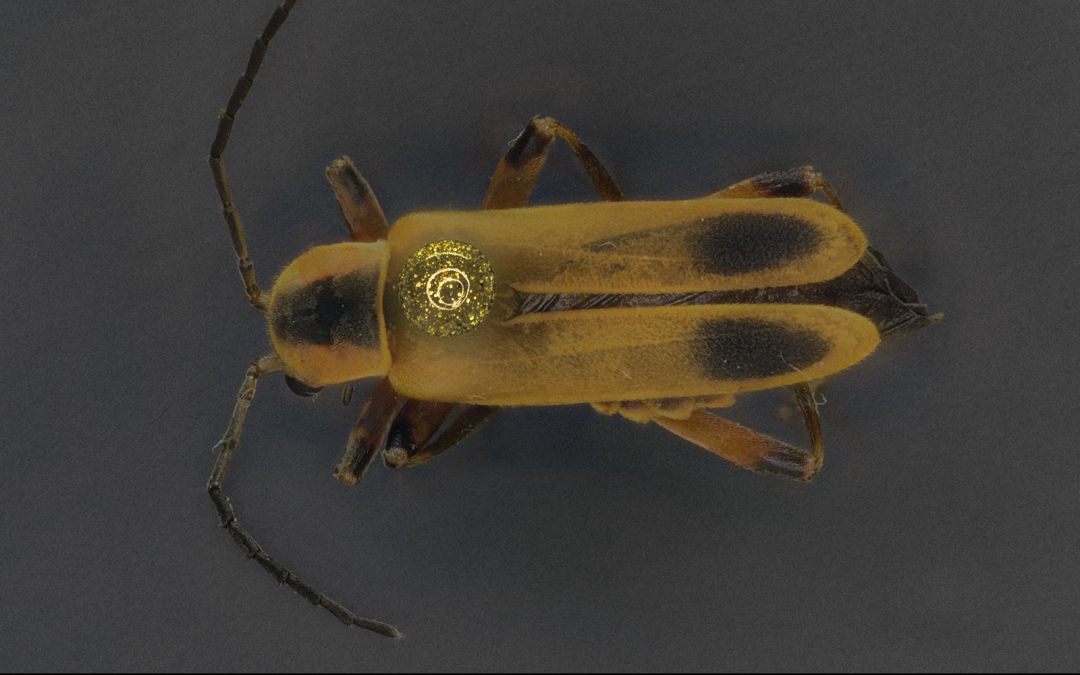
Insect of the week (August 26, 2024)
We return to the beetles this week (order Coleoptera) and focus on the goldenrod soldier beetle, Chauliognathus pensylvanicus. No, that is not a typo - the spelling of that area with 1 "n" was common when this species was described by de Geer in 1774. a specimen was sent to him from 'Pensylvanie.' Once a species has been formally named, that...
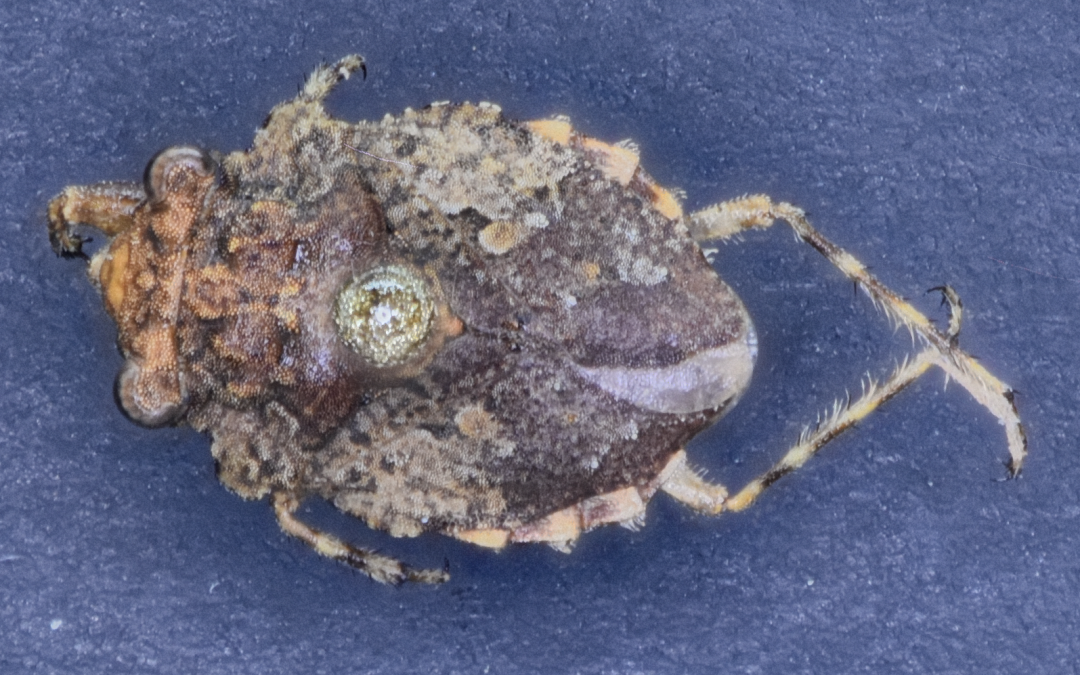
Insect of the week (August 19, 2024)
This week, we focus on the insect order Hemiptera. In this case, the "big-eyed toad bug" - Gelastocoris oculatus. This insect was described by Fabricius in 1798. It is classified in the family Gelastocoridae. It can be found in North America (reported as far north as southern Canada) and Central America. They are often difficult to find due to...

Insect of the week (August 12, 2024)
Our insect of the week for August 12, 2024 is the Polyphemus moth (Antheraea polyphemus). I htought it was time to feature another group of insects. This species is classified in the order Lepidoptera, family Saturniidae). This species was described by Pieter Cramer in 1776 (yes, the year we became a country). It is easily recognized by its large...

Insect of the week (August 5, 2024)
Our insect of the week for August 5 is not a beetle. Surprise! For the last 3 weeks, we have been discussing beetles. If you start observing animals in central Illinois, on average about 75% of those you observe will be beetles. Yes, they are that common and diverse. Another very diverse group, often overlooked unless they are bothering you, are...
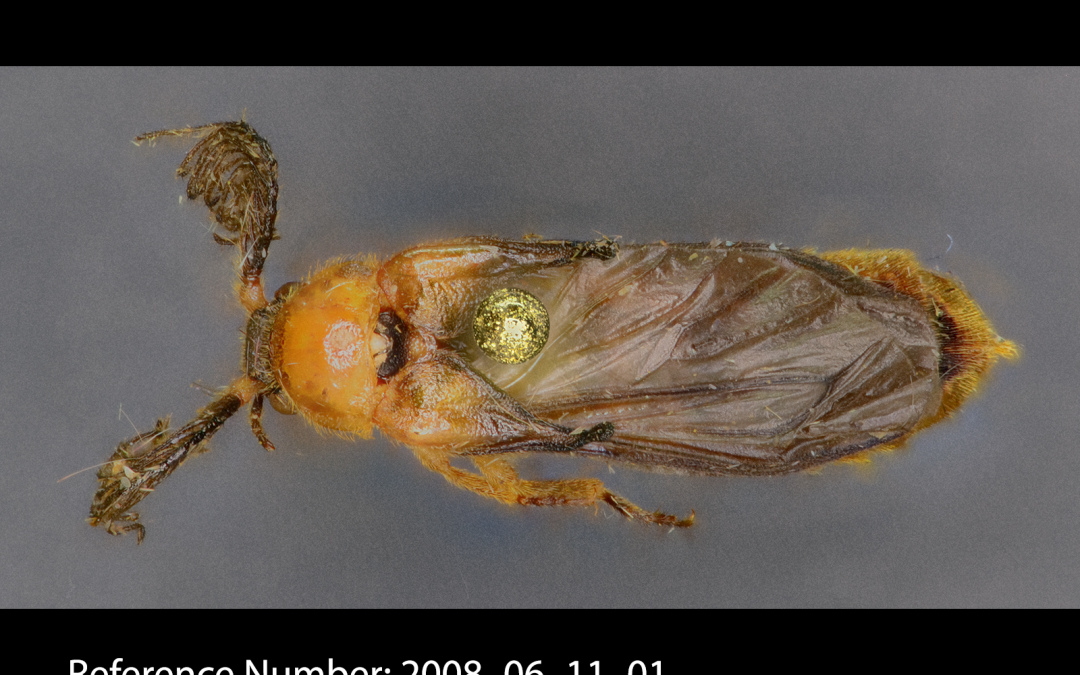
Insect of the week (July 29, 2024)
Our insect of the week is Phengodes fusciceps. This beetle species is classified in the family Phengodidae (also known as glowworm beetles). Both females and larvae have bio-luminescent organs. Larvae and females are predators and typically feed on millipedes. Winged males are often attracted to lights and are thought not to feed. This species...
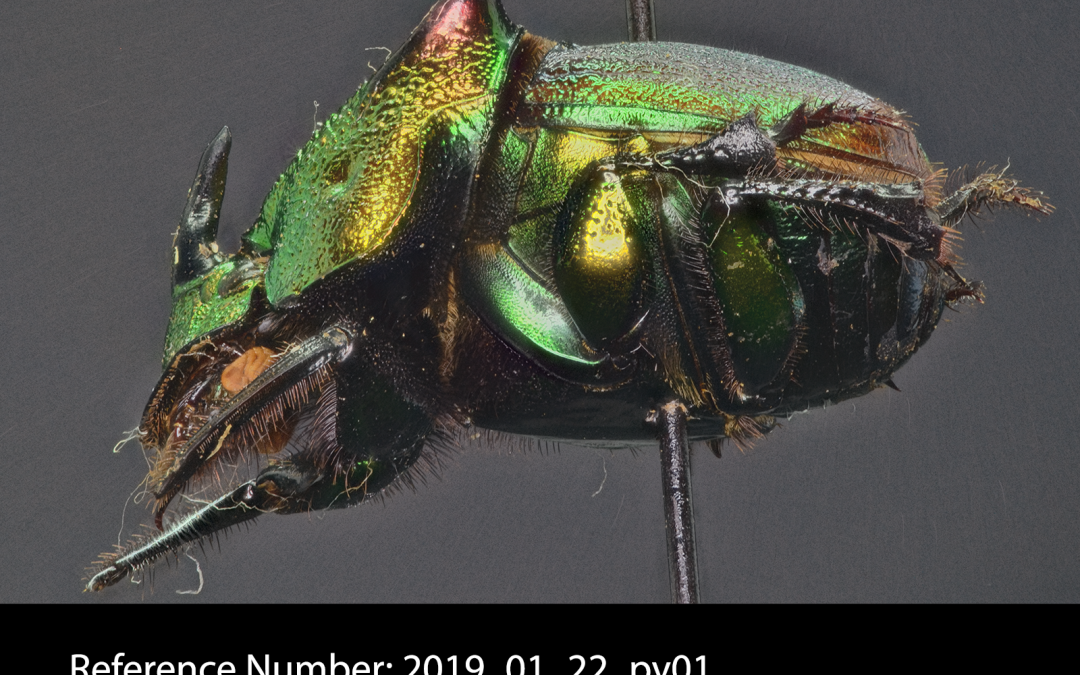
Insect of the week (July 22, 2024)
Continuing our theme of beetles for the second "insect of the week," I thought it appropriate to focus on the rainbow scarab (Phanaeus vindex). This species was described by MacLeay in 1819. Although it looks most exotic, it is a species native to Illinois. This species is considered a "true" dung beetle as it feeds on feces during both the...

Insect of the week (July 15, 2024)
Thought it might be interesting to post notes about a selected Illinois insect every week. For our first insect, I thought the one in our logo would be appropriate. The ivory-marked borer (Eburia quadrigeminata was described by Thomas Say in 1826). [He originally placed this species in the genus Stenocorus.] It is a beetle classified in the...
